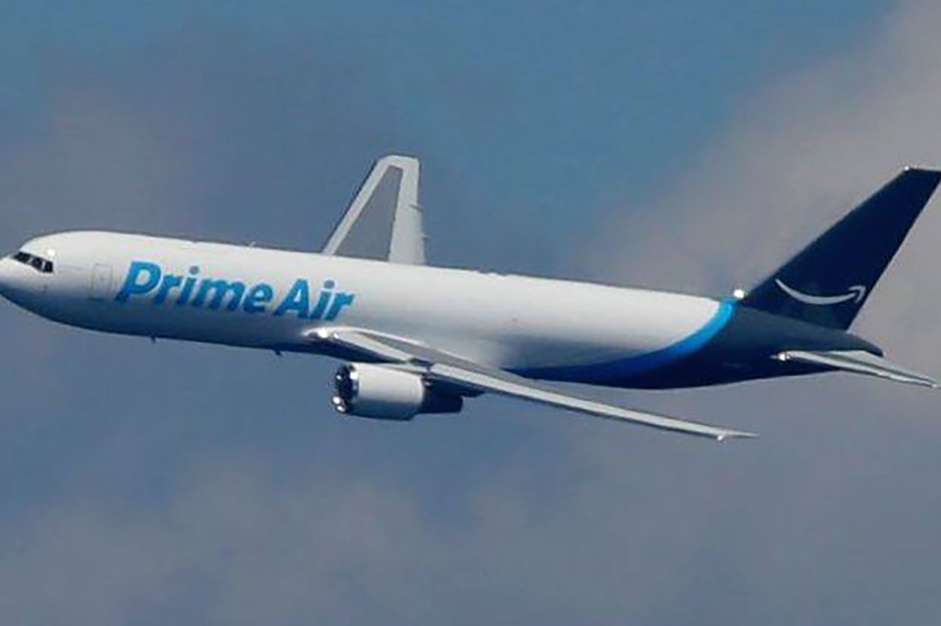FedEx brand strategy delivered results.
Changes in industry, however, leave company searching for new winning tagline.
FedEx founder Fred Smith wrote an economics paper while studying at Yale. The paper was about making an overnight delivery service more efficient by using the “hub and spokes” concept he conceived.
His professor told poor Smith it would never work and gave him a C.
Smith was, and is, known for his persistence. He used his hub-and-spokes concept as the foundation for operations at his fledgling startup, but over the first several years, the company lost millions.
During the early years of Smith’s business, the headline of his magazine ad read, “We have planes, trains and automobiles.” Like all of us, Fred wanted to be all things to all people. It must be in our DNA. We believe if we can be everything for everybody, we will have great success.
The message positioning teaches us is just the opposite. It is about focus.
FedEx’s initial headline was meant to indicate it could ship anything, large or small, fast or slow. It did not work because it was too broad.
The FedEx brand strategy needed tighter positioning
After a brainstorming strategy session around the boardroom table, FedEx decided to focus on delivering small packages overnight for business.
Brilliant.
The next headline read, “When it absolutely, positively has to be there overnight.” The strategic positioning chord was struck and the rest is history. FedEx became the largest overnight shipper in the world.
What’s more, with the help of its new positioning, FedEx became the generic verb for overnight delivery. “I’ll FedEx it to you.” Making the brand name a generic for the category is the ultimate weapon in the marketing wars and the end result of brilliant positioning.
Our story doesn’t end here.
With more than 400,000 employees, 650 airplanes flying to 20 countries and $50 billion in annual revenue earned from shipping more than 12 million packages every day, Smith isn’t so poor anymore.
Things were swell for a long time. Then something happened. FedEx fell victim to a new technological innovation that disrupted its success: email. The need to “FedEx” hard copies of documents decreased as businesses began emailing documents instead.
Did Fred Smith end up in the poor house? Nope. Another momentous trend took shape. We began ordering things online. Those things needed to be shipped. FedEx was there to oblige. Happy days are back in FedEx-ville.
We will order close to $400 billion worth of products online this year, up from just more than $200 billion in 2012. At least 30 percent of all products ordered online are returned, compared to just under 9 percent in brick-and- mortar stores.
FedEx needed a place for people to take boxes because the packages wouldn’t fit in the drop boxes designed for letters only.
So FedEx purchased Kinko’s. United Parcel Service (UPS) didn’t want to miss out on this industry-changing opportunity. UPS purchased Mail Boxes etc. The business of shipping packages by ground grew while the overnight letter business shrank.
The U.S. Postal Service is riding the wave, too. The USPS already had plenty of physical locations to ship and pick up packages. Now it’s breaking revenue records and making profits. Not too long ago, there was talk of closing the USPS and taking all shipping private.
Business must always be alert to trends such as technology innovations that result in disruptions and changes within their industries.
FedEx tinkers with its brand strategy
FedEx, meanwhile, abandoned its long-standing tagline and is searching for its new position and how to communicate it. Disruptions often cause an adjustment in the brand’s position. We’ve seen several taglines used over the last couple of years: “The world on time.” “Helping small business simplify ecommerce.” “Providing global access for small business.” “Solutions that matter.” “The way the world works.”
FedEx is struggling to reposition its brand. Maybe something with the word “reliable” in it would do them well. We are confident FedEx will get it there when they say they will get it there. The right FedEx brand strategy is on the horizon.
Competition for FedEx includes UPS, USPS, Boeing and others. In fact, the next big threat for FedEx might come from its single-largest customer, Amazon, which is building its own fleet of jets, Prime Air.
While the strategic position of a brand rarely changes — BMW is still “The Ultimate Driving Machine” after 42 years — no company is exempt from change. Not BMW. Not FedEx. Not any brand.
More likely, it’s just a matter when — not if — an innovation will impact your business and cause you to adjust your business model, your value proposition and reposition your brand.



